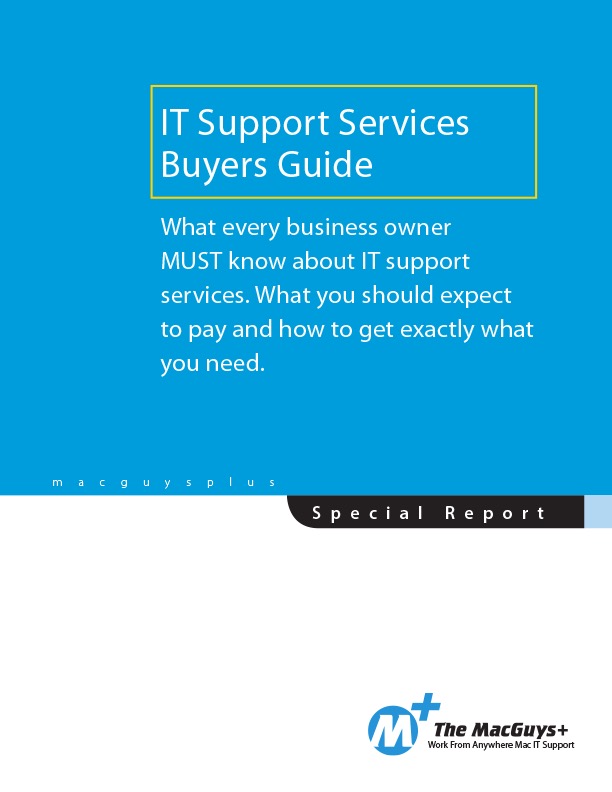
Employers and employees part ways for many reasons—completing a contract, accepting a new job, retiring, or less amicable circumstances such as layoffs or terminations. Regardless of the reason, offboarding—the structured process of managing an employee's departure—is a critical task for every organization.
Companies face serious risks without a robust offboarding protocol, including data breaches, misplaced devices, operational disruptions, and compliance issues. For example, in a troubling incident, a terminated employee reportedly hacked Disney World's menu creation system, altering prices, inserting profanity, and, most alarmingly, changing allergen information.
While offboarding includes administrative, human resources, and legal considerations, this guide will focus on the technical aspects. Establishing a formal offboarding process is essential, especially for sudden departures. A comprehensive plan should cover three key steps: revoking access, retrieving devices, and preserving organizational data.
Step 1: Revoke Digital Access
The most urgent priority when offboarding an employee is revoking their digital access to company resources, such as email, shared password managers, and key service accounts. In cases where employees are retiring or staying on to assist with a transition, access can be removed gradually according to a schedule. This approach allows time to transfer ongoing projects and communications smoothly.
However, it's safest to revoke access immediately for most departures—especially involuntary terminations or roles with access to sensitive data, such as IT administrators or executives. The risk of data leaks or unauthorized access is too high even when the departure is amicable.
Tools like Apple Business Manager, which integrates with a mobile device management (MDM) platform, simplify revoking access. With Apple Business Manager, you can use federated Apple IDs to quickly remove access to iCloud and other Apple services while ensuring employees can retain personal data stored on their own Apple IDs.
MDM is even more critical. It allows administrators to revoke access to managed email accounts, VPNs, Wi-Fi networks, and cloud services and remotely lock, wipe, or reset unreturned devices. In BYOD (Bring Your Own Device) scenarios, properly configured MDM can cleanly remove organizational data from personal devices without affecting personal content.
The process becomes even easier if your organization uses an identity provider like Google Workspace, Microsoft Entra ID, or Okta with single sign-on. Deactivating an account in the identity provider automatically cuts off access to all connected systems—avoiding the tedious and error-prone process of manually revoking access to each service individually.
Finally, combining MDM and single sign-on provides an added layer of security by enabling administrators to monitor unusual activity during the offboarding period. For example, if a terminated employee suddenly accesses a confidential database, it can be flagged and addressed in real-time.
Step 2: Retrieve Organization Devices
Retrieving company-owned devices is another crucial aspect of the offboarding process. Even if MDM tools can remotely revoke access, recovering physical devices is essential to reassign them to other employees or add them to your inventory.
Apple Business Manager can simplify this task by tracking all registered organizational devices and allowing them to be reassigned to new users. One major advantage of Apple Business Manager is the ability to disable Activation Lock on supervised devices, even if enabled with a personal Apple ID. Without this tool, you might have to work with the departing employee—or, in some cases, provide proof of ownership to Apple support—to regain access.
To avoid such complications, follow these best practices:
- Purchase Apple devices through Apple Business Manager-compatible channels.
- Use Automated Device Enrollment to ensure MDM manages devices from the start.
- Rely on federated Apple IDs to control organizational data stored within Managed Apple Accounts.
Step 3: Preserve Organizational Data and Communications
The third component of a successful offboarding strategy is preserving any work and communications the departing employee handled. This ensures continuity for ongoing projects and allows someone else to take over their responsibilities seamlessly.
Identity providers like Google Workspace or Microsoft 365 simplify this process by enabling the automatic transfer of cloud-based files and ownership of shared data. Without these tools, you may need to reassign ownership manually, which can be time-consuming.
Email accounts require special consideration. You'll often need to forward the departing employee's email to their successor or an appropriate colleague. Alternatively, you could set up an auto-reply indicating that the individual is no longer available and providing alternative contact information. Periodically monitoring incoming emails can also ensure that no critical communications are overlooked.
Next Steps
If your organization still needs a formal offboarding policy, now is the time to create one. A well-documented process can help you avoid the risks of data breaches, device mismanagement, and operational disruptions. Don't wait until you're forced to scramble after a sudden departure—take proactive steps today:
- Create a formal offboarding policy to mitigate risks.
- Use online templates and resources to build your process.
- Set up Apple Business Manager and an MDM solution for seamless offboarding.
We are here to assist with the technical aspects of implementation. Contact us to learn more about getting started.
______________________________________________________________________





